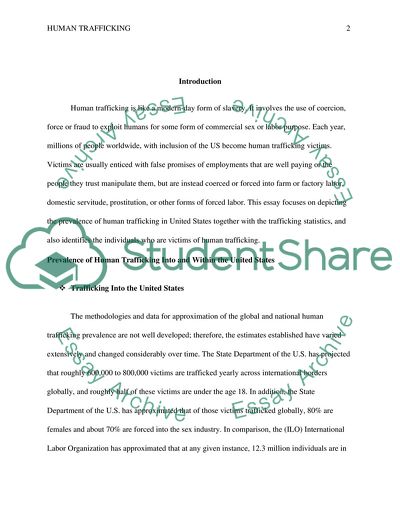Cite this document
(Human Trafficking: A Modern-day Form of Slavery Research Paper, n.d.)
Human Trafficking: A Modern-day Form of Slavery Research Paper. Retrieved from https://studentshare.org/gender-sexual-studies/1820807-human-trafficking
Human Trafficking: A Modern-day Form of Slavery Research Paper. Retrieved from https://studentshare.org/gender-sexual-studies/1820807-human-trafficking
(Human Trafficking: A Modern-Day Form of Slavery Research Paper)
Human Trafficking: A Modern-Day Form of Slavery Research Paper. https://studentshare.org/gender-sexual-studies/1820807-human-trafficking.
Human Trafficking: A Modern-Day Form of Slavery Research Paper. https://studentshare.org/gender-sexual-studies/1820807-human-trafficking.
“Human Trafficking: A Modern-Day Form of Slavery Research Paper”, n.d. https://studentshare.org/gender-sexual-studies/1820807-human-trafficking.


